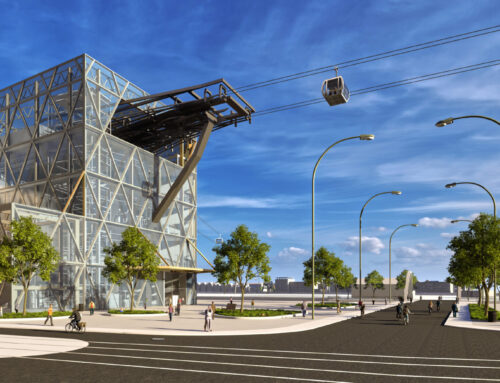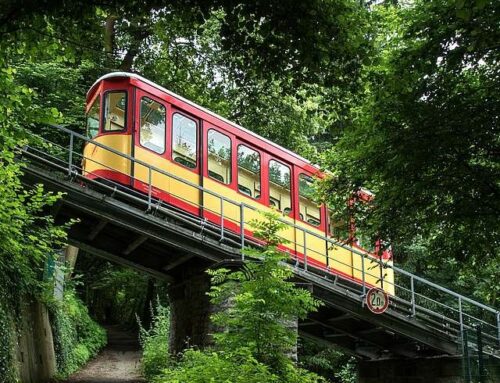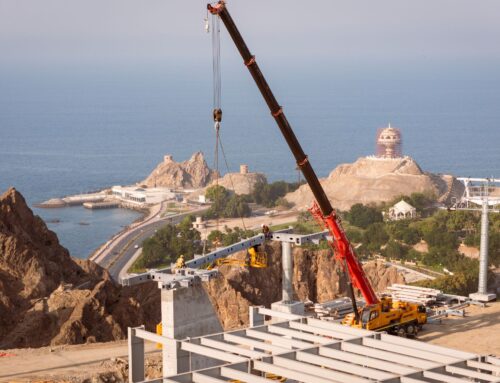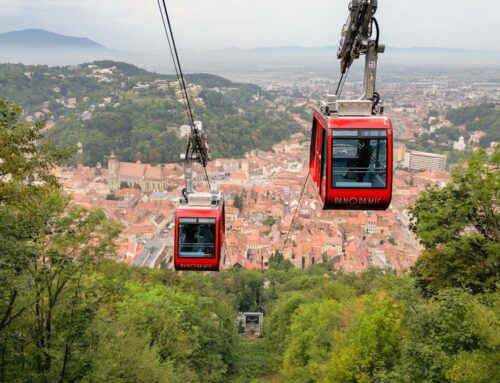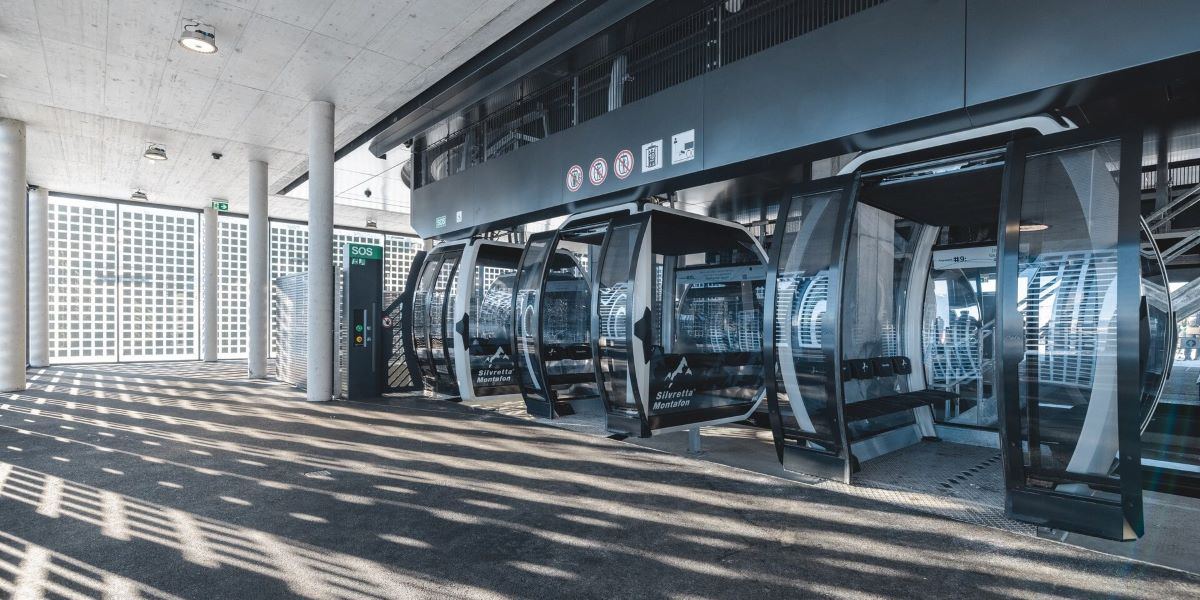
Cities, SI Urban 1/2025, SI Urban 1/2025
Autonomous Cable Cars as an Opportunity for Operators and Employees
SI Urban: Mr. Salzmann, why should urban transport operators consider autonomous cable car operation?
Stephan Salzmann: Urban cable cars usually have multiple stations, which creates a high demand for skilled personnel. However, qualified staff is scarce, especially in cities without prior experience with cable cars. Even today – and even more so in the future – we won’t be able to staff every station with the required
number of trained employees.
On the other hand, we must retain the specialists we do have. Operations managers and machinists are highly trained professionals who want to apply their expertise. In modern cable car systems, they are often underutilized in daily operations but must act immediately and competently in case of a malfunction. And this comes at a time when everyone seeks a fulfilling job.
Stephan Salzmann
CEO, Salzmann Engineers ZT GmbH

Dipl.Ing. Stephan Salzmann completed his technical education as a mechanical engineer at the HTL Bregenz before pursuing a degree in Mechanical Engineering – Transportation Engineering at the TU Wien. Since 1995, Stephan Salzmann has been the managing director of the planning company Salzmann Ingenieure, overseeing over 200 cable car projects across all project phases. In addition to his extensive experience in alpine cable car projects, concrete experience in the implementation of international urban cable car projects has been added since 2022.
So, it’s not primarily about the financial benefits of operator-free operation?
Not necessarily, although cost savings are, of course, an important factor. Take a cable car with 4,000 to 8,000 operating hours per year. Over its 40-year lifespan, an employee costs around six to eight million euros. This saving alone can cover a significant portion of the investments required for autonomous operation.
This is attractive not only for large cable car networks with high personnel costs but also for smaller cable car lines, where the shortage of skilled workers is often particularly severe. Autonomous operation can help operations managers meet operational requirements with fewer staff.
How can technology replace employees?
Essentially, in all tasks that can be handled by sensors and remote control, such as monitoring boarding and alighting.
However, we must consider that station staff usually oversee not just the cable car operation itself but also station areas, including access and exit points, escalators, elevators, and ticket readers. They are also responsible in case of a fire alarm. All these tasks must be taken over by building automation systems.
In the event of problems or emergencies, human intervention is still necessary – either through a mobile response team based in a central control unit or a stationed machinist responsible for multiple nearby stations. This allows skilled workers to apply their expertise, contributing to job satisfaction.
example monocable gondola lift
Autonomous cable car operation at Rosskopf (Italy).

To what extent do passengers need assistance when boarding and alighting?
In urban operations, we have many inexperienced users, making well-designed platform and door systems even more critical. In fact, autonomous cable cars can often be safer: The required structural and technical measures prevent passengers from falling into the track area or boarding too late.
What risks come with cable cars without station staff?
With autonomous cable cars, passengers no longer automatically encounter a staff member, which could be perceived as a decline in service quality. Therefore, in addition to necessary communication systems, service personnel will be required at critical points.
Example areal tramway
Autonomous operation in Zermatt-Furi (Switzerland)
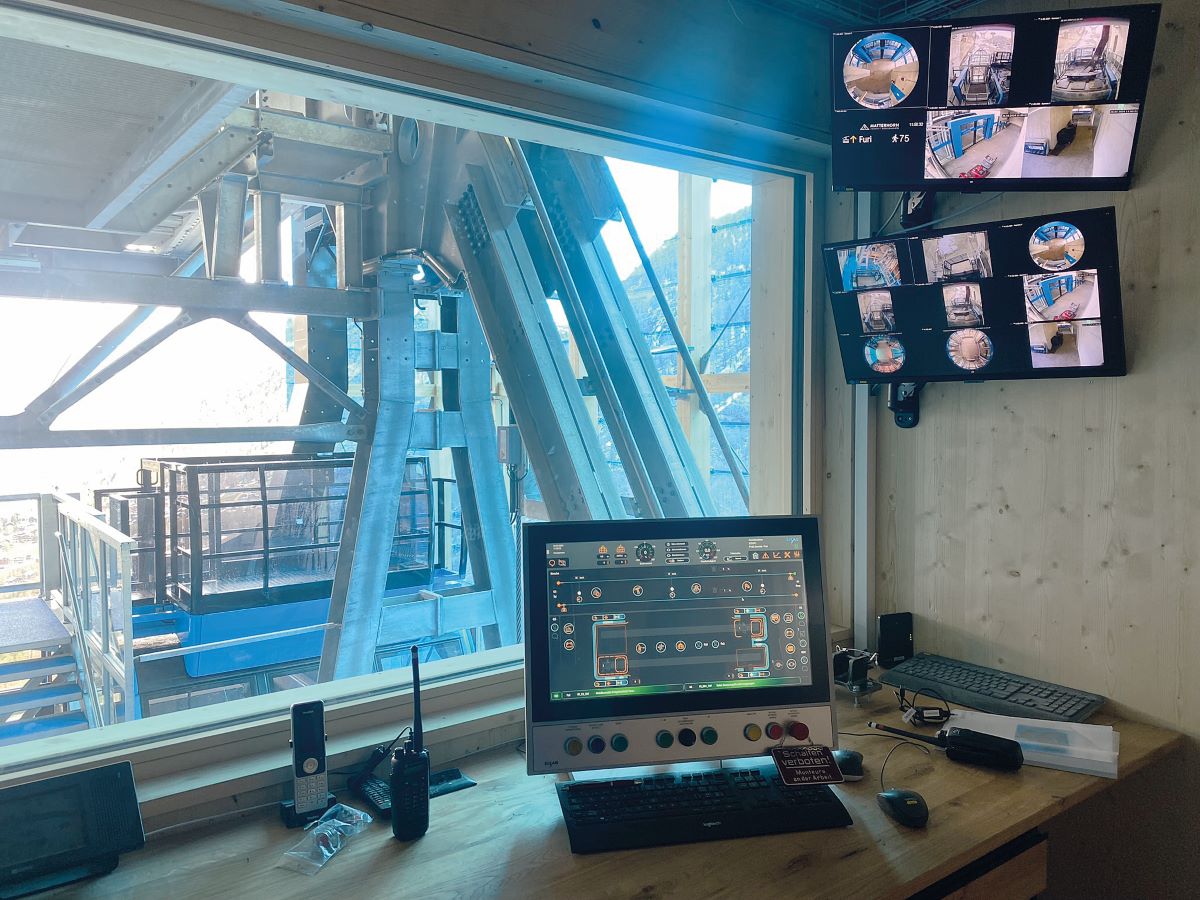
Do you have any safety concerns?
No. With split-screen monitoring, the central control staff can immediately detect irregularities and intervene remotely. In normal operations, constant monitoring is not necessary. If issues need to be addressed locally or the system requires evacuation, mobile response teams – such as in Austria – must arrive within five to ten minutes. This ensures compliance with legally required evacuation timeframes.
Additionally, while one technician is en route, another can already start troubleshooting from the control center.
How do you assess operator acceptance?
Operations managers and machinists need to see autonomous operation in practice – once they do, they will accept the concept. Currently, employees are the ones struggling with the skilled labor shortage.
From my experience, once the team recognizes the benefits of the technology, they appreciate both the workload reduction and the opportunity for more engaging and fulfilling tasks.
That’s why I am confident that, in the long term, we will operate the majority of newly built urban cable cars autonomously!


